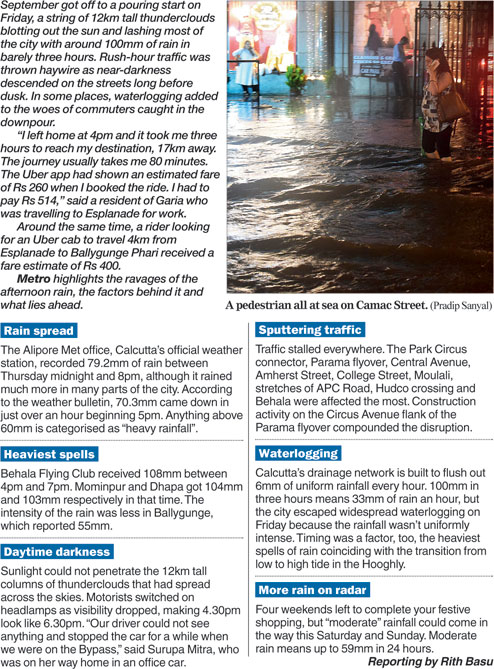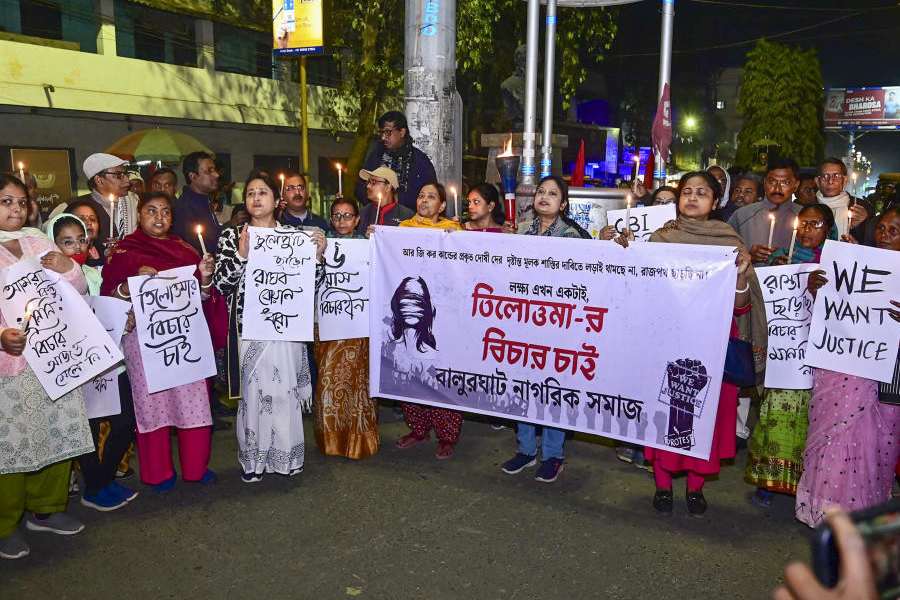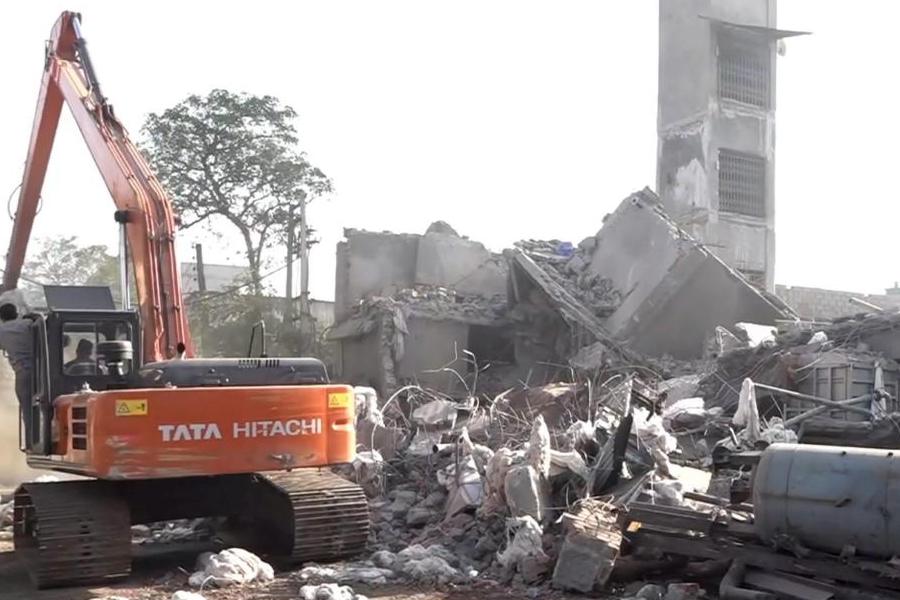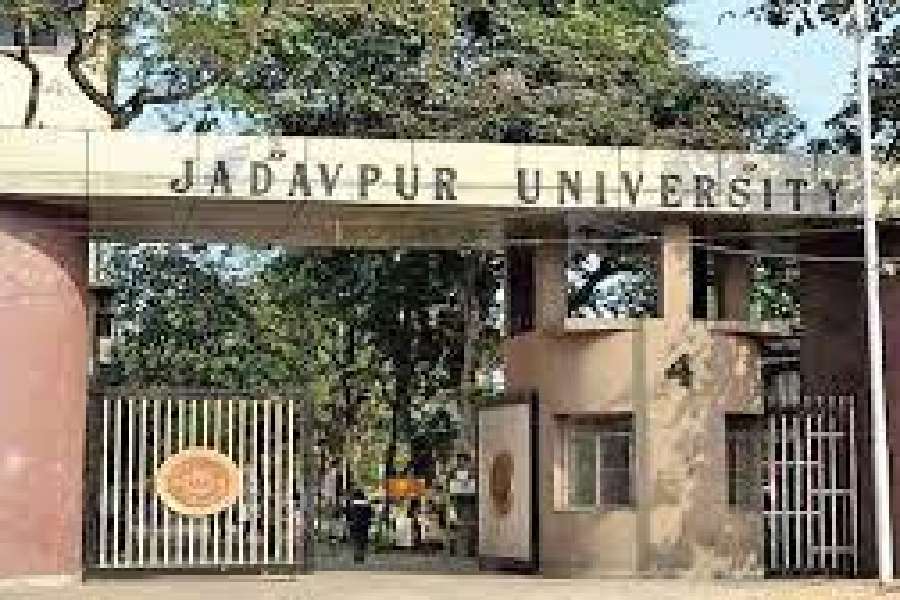
May 25: The forensic report on actor Vikram Chatterjee's Toyota Corolla Altis has confirmed police's suspicion that he was driving the car at a speed of 95 to 105kmph when it crashed along Rashbehari Avenue early on April 29, killing model Sonika Singh Chauhan.
Sources in the city police headquarters at Lalbazar said the state forensic science laboratory's report that arrived last Tuesday contains details such as the velocity of the vehicle, its condition before and after the crash and the possible circumstances inside the cabin as a result of what happened.
The forensic conclusion about the speed of the vehicle matches what Metro had reported on May 6, a day after Vikram had told a roomful of journalists that he was neither guilty of drink driving nor speeding.
Police sources said one of the primary findings of the forensic examination was that Sonika, seated next to Vikram, possibly banged her head on the dashboard first, followed by contact with the window glass to her left multiple times. Vikram, in all probability, hit his head on the window to his right, the sources said.
"The report mentions the points of contact between the vehicle and its occupants as a result of the crash. It appears that the use of seat belts could have minimised the impact (of the crash)," an officer said, interpreting the information provided in the report.
Sonika, who died at Ruby General Hospital on the Bypass around an hour and 20 minutes after the crash, had multiple fractures in her skull and internal injuries that caused profuse nosebleed, the officer said.
The report also makes a mention about the condition of the radial (tubeless) tyres before and after the crash. Both the front and rear tyres on the right side of the Corolla Altis had burst during the crash.
According to the officer, the report "clarifies" whether the tyres had burst as a result of the crash or if the car became disbalanced as a result of the tyres bursting. He declined to divulge which of these possibilities has been confirmed.
The forensic report explains why the car's airbags did not deploy during the crash. "A side impact is responsible for the airbags not deploying," the officer said.
The confidential report has so far been seen by only a handful of cops, sources said.
According to a senior officer, a forensic report on any four-wheeler involved in a crash constitutes "official evidence" that corroborates electronic data.
"Crash data retrieval (CDR) technology uses the car's microprocessor to record every detail such as speed, whether the brake pedal was pressed and the distance the car moved after the brake was applied," said an officer who has seen the report.
The document will now become a part of the case diary, to be submitted in court and treated as primary evidence.
The police are awaiting Vikram's blood report to ascertain the presence of alcohol beyond the permissible limit for driving on the night of the crash.
In the absence of any query from the police, officials at Ruby hospital had allegedly skipped an alcohol test on Vikram at the time of his admission after the crash. The hospital collected blood samples for other pathological tests, though.
It was only six days after the crash that the police sought a sample from the hospital and sent it for forensic examination.











